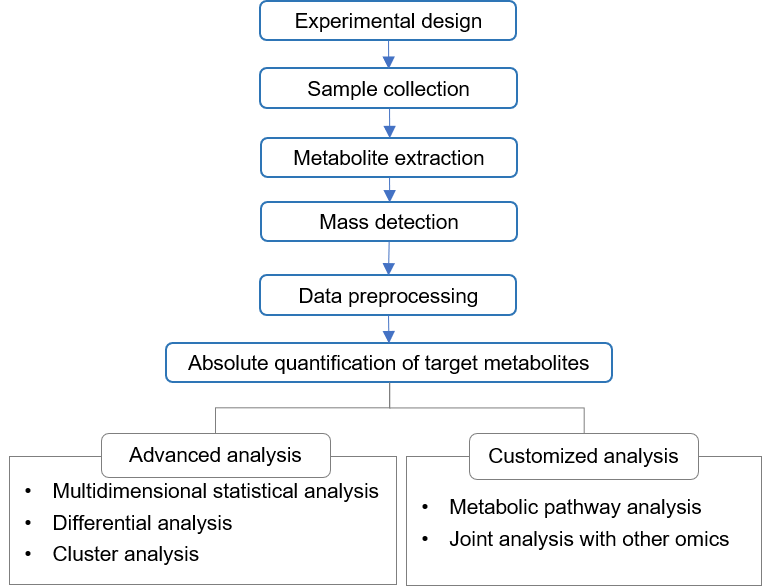3-indolepropionic Acid Analysis Service
Submit Your InquiryAbout 3-indolepropionic Acid
3-Indolepropionic acid, or indolepropionic acid (IPA), indole-3-propionic acid, is an effective neuroprotective antioxidant, auxin, and human natural product, and is being studied for the treatment of Alzheimer's disease.
It is produced endogenously by the human microbiota and can only be detected in vivo when Clostridium sporogenes is present in the gastrointestinal tract.
3-Indolepropionic acid (IPA) is a more effective hydroxyl radical scavenger than melatonin, but it does not produce reactive and pro-oxidant intermediate compounds.
In 2017, it was found that elevated levels of IPA in human plasma were associated with reduced risk of type 2 diabetes and increased intake of high-fiber foods.
3-Indolepropionic acid (IPA) is mainly used as a plant growth stimulant and a pharmaceutical intermediate. Indolepropionic acid is a plant growth regulator with auxin biological activity, which can be absorbed by plant roots, stems, leaves and flowers. It has the physiological effects of promoting rooting and fruit setting.
Molecular formula of 1-methylindole is C11H11NO2, and CAS accession number is 830-96-6.
MS-based technical means can realize the qualitative and quantitative analysis of 1-methylindole.
 Molecular structure of 3-indolepropionic Acid
Molecular structure of 3-indolepropionic Acid
Application Field
- Verify the differential metabolites discovered by non-targeted metabolomics.
- Conduct qualitative and quantitative research on a given set of metabolites (such as metabolites of a certain metabolic pathway or several metabolic pathways) provided by references or experimental results, and study its biological significance.
- Supplementary verification between omics
Technical Route of Targeted Metabolomics of 3-indolepropionic Acid

Sample Requirements
- Plant root / stem / leaf / fruit / seed > 1 g fresh weight, freeze-dried sample > 0.5 g. (When collecting fresh sample, please wash the surface sediment with pre-cooled PBS buffer, and absorb excess water with filter paper to avoid freezing during freezing.)
- Animal tissue > 200mg, serum / plasma / urine / ruminal fluid / cerebrospinal fluid / amniotic fluid and other homogeneous liquid > 200 µl.
- It is recommended that prepare more than 6 biological replicates.
- It is recommended to store samples at -80°C, and transport on dry ice to avoid repeated freezing and thawing.
Feedback to Customers
Creative Proteomics will provide you with detailed technical reports, including
- Experimental steps
- Related mass spectrometry parameters
- Part of the mass spectrum picture
- Raw data
- Quantitative results of targeted metabolites
Project Cycle
- A standard experiment and analysis process takes about 1 ~ 4 weeks.





